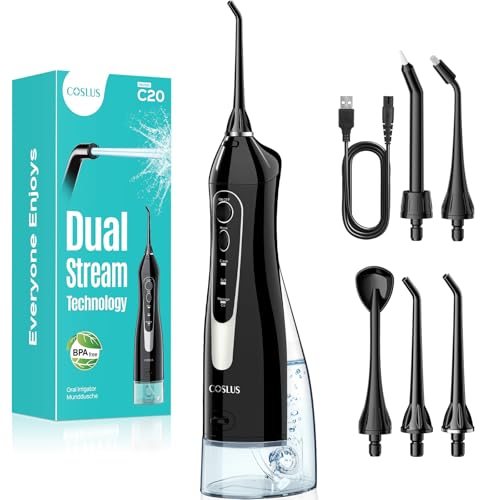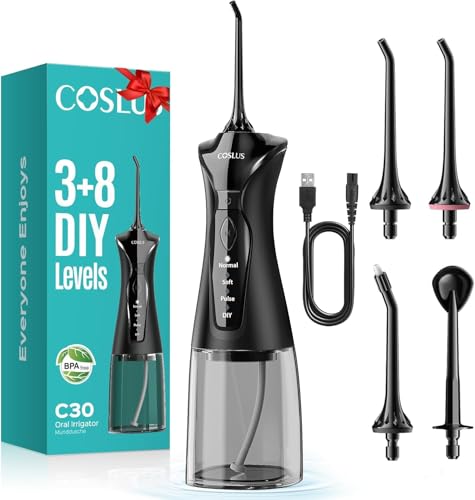Why Is It Important to Clean Your Flosser?
A flosser is a great tool to help keep your teeth and gums healthy by removing plaque and food debris. However, if you don’t clean it properly, it can actually do more harm than good. Bacteria can build up on the flosser, which can lead to infections, and the buildup can also make the flosser less effective. Regular cleaning of your flosser can prevent these problems and help prolong its lifespan.
Step-by-Step Guide to Cleaning Your Flosser
When it comes to cleaning your flosser, there are several steps you can take. First, remove the flosser head and rinse it under warm water to remove any debris. Then, soak the head in a solution of water and antibacterial mouthwash for a few minutes. After soaking, rinse the head again under warm water.
Next, use a soft-bristled brush or cotton swab to gently clean the flosser handle and other parts of the device that cannot be removed. Ensure that these areas are completely dry before reassembling the flosser, as any moisture left behind could promote bacterial growth.
You can also use a specialized flosser cleaner, which is specifically designed for cleaning these types of devices. These cleaners are often sold alongside the flossers themselves and can be used in a similar way to the mouthwash solution described above.
How Often Should You Clean Your Flosser?
The frequency with which you clean your flosser will depend on how often you use it and how much debris it collects. As a general rule, it’s a good idea to clean your flosser after each use to prevent buildup. However, if you only use it once a day or less frequently, you may be able to get away with cleaning it every few uses. Similarly, if you notice that the head is particularly dirty or smelly, you should clean it immediately.
Tips for Maintaining Your Flosser
In addition to cleaning your flosser regularly, there are a few other tips you can follow to help maintain its effectiveness and prolong its lifespan. Firstly, replace the flosser head regularly – most manufacturers recommend replacing it every three months or so. This will ensure that the flosser continues to work effectively and prevent the buildup of bacteria.
You should also store your flosser in a clean, dry place – ideally in a sealed container to prevent contamination. Finally, be gentle when using your flosser – don’t force it into tight spaces or use it too aggressively, as this can damage both the device and your teeth and gums.
Cleaning your flosser regularly is an essential part of maintaining good oral hygiene. By following these simple steps, you can ensure that your flosser remains effective and hygienic, helping to keep your teeth and gums healthy for years to come.






